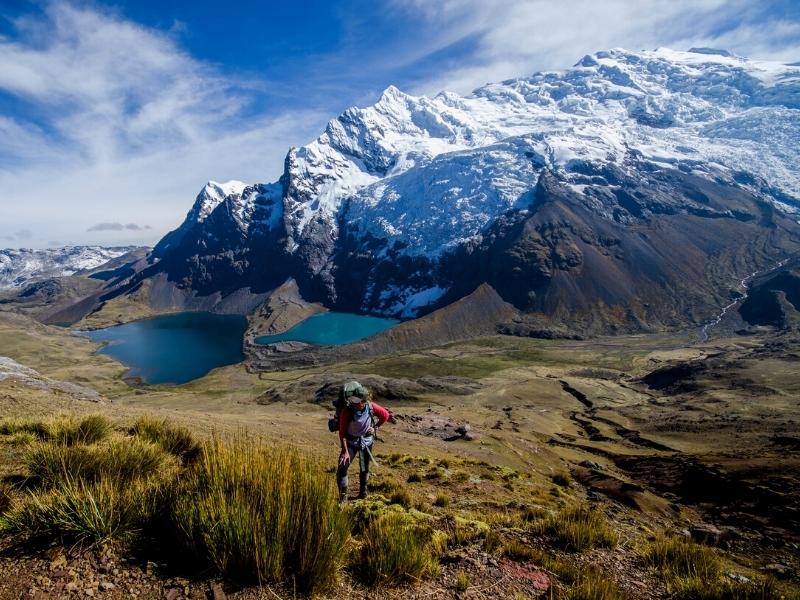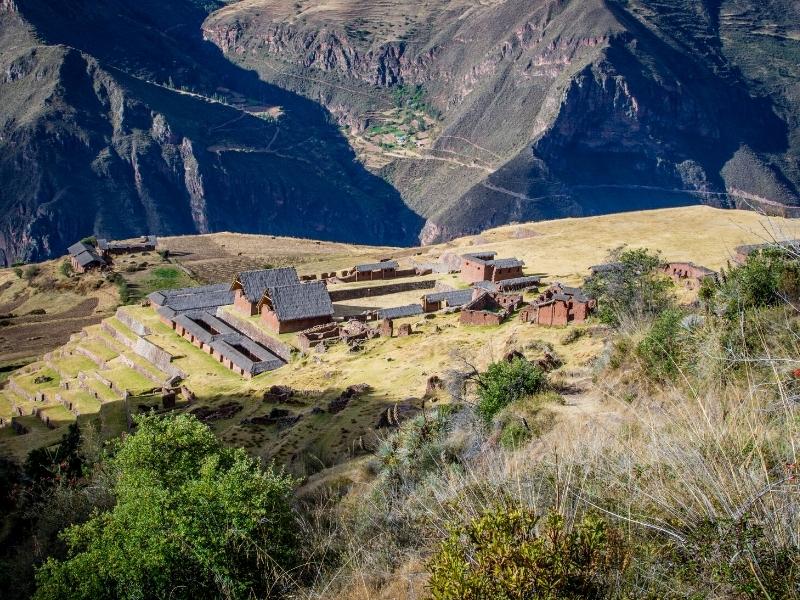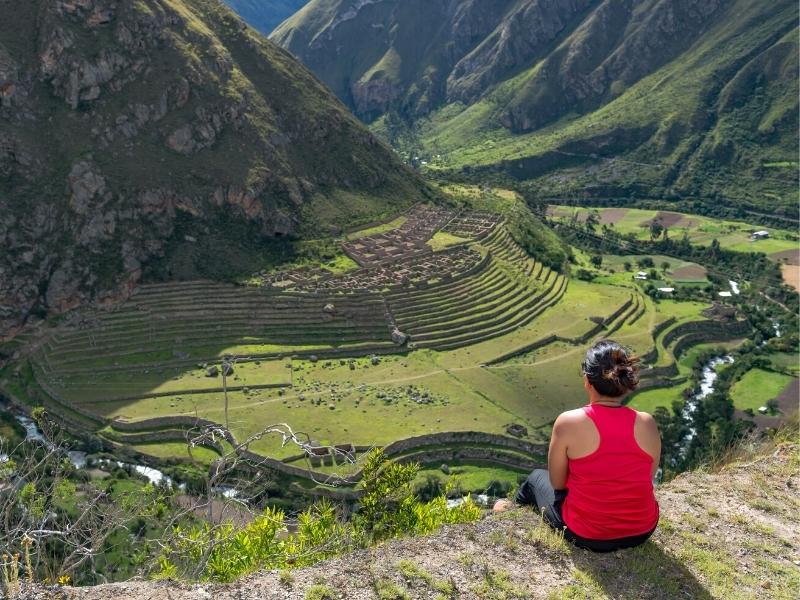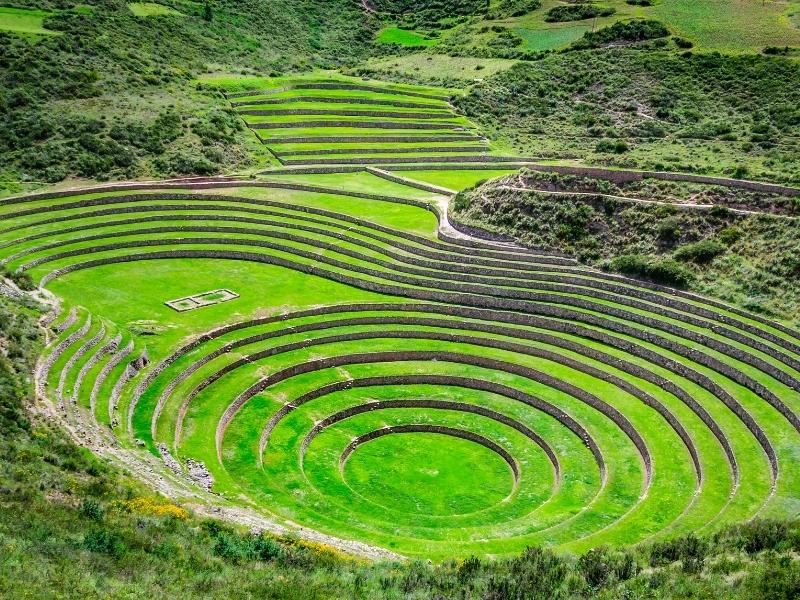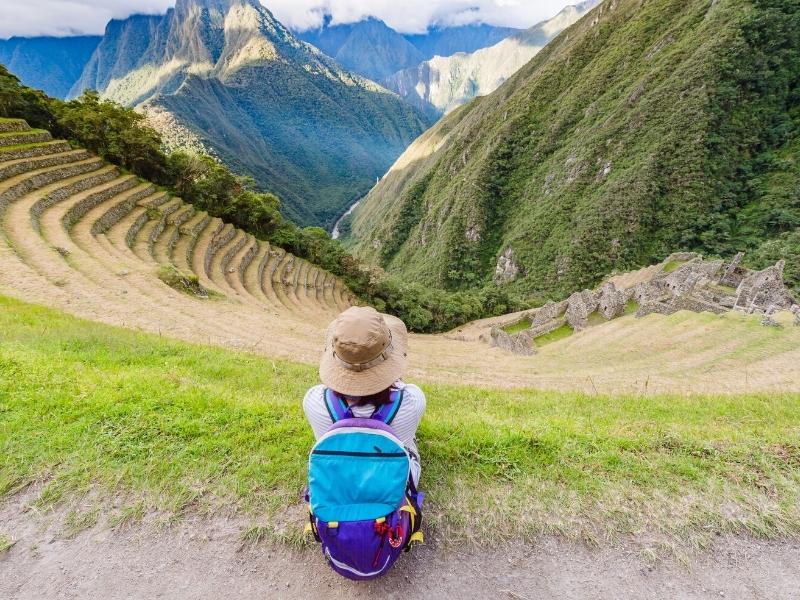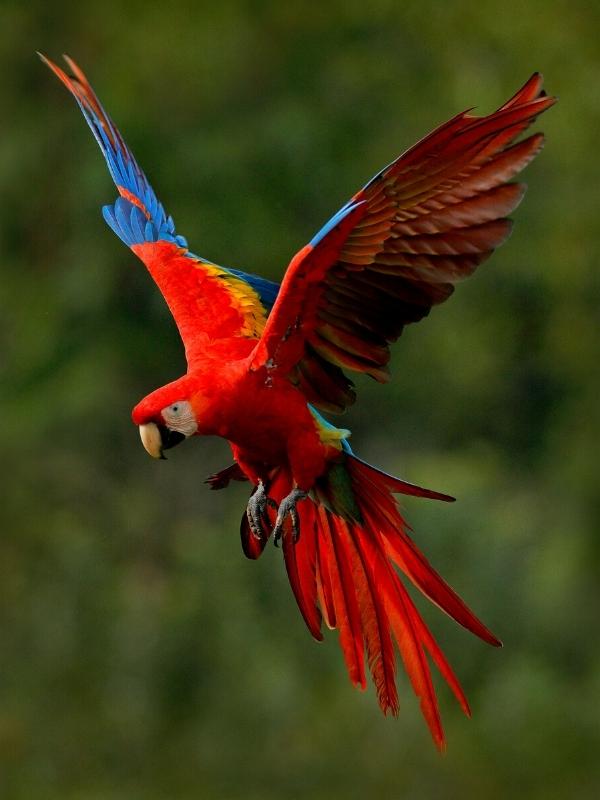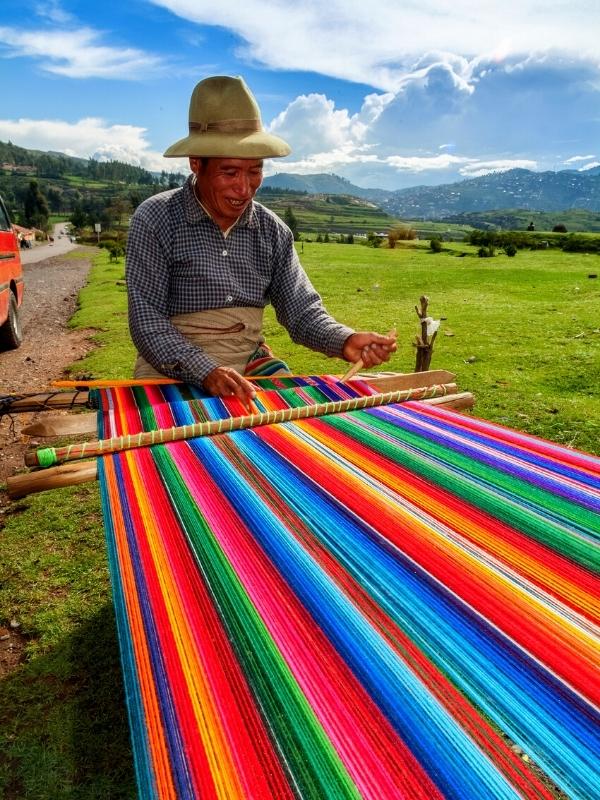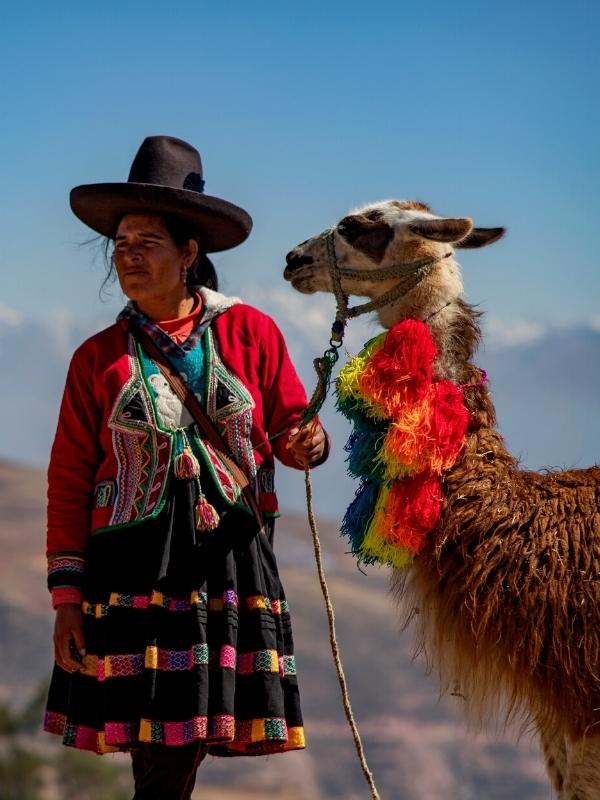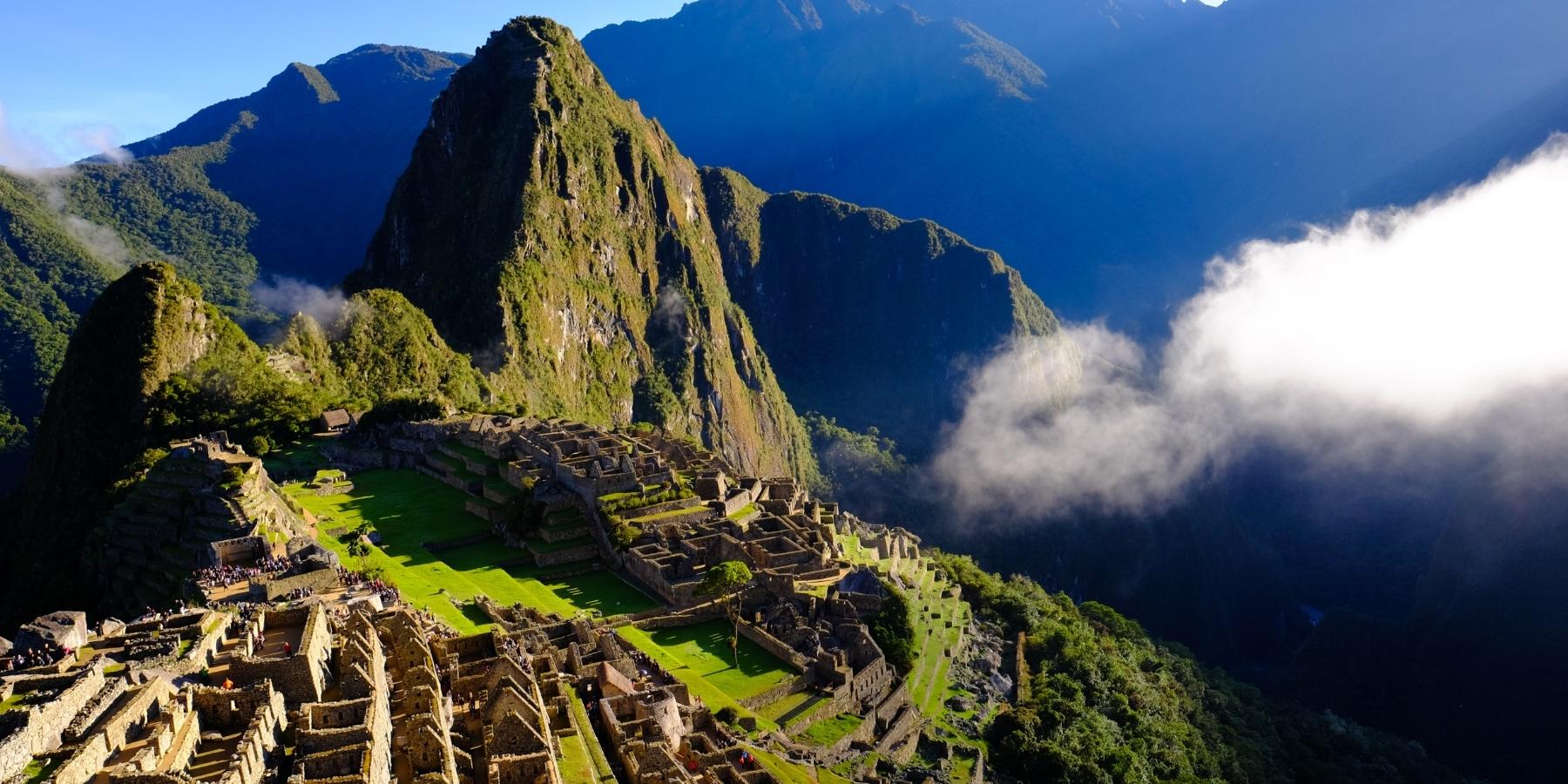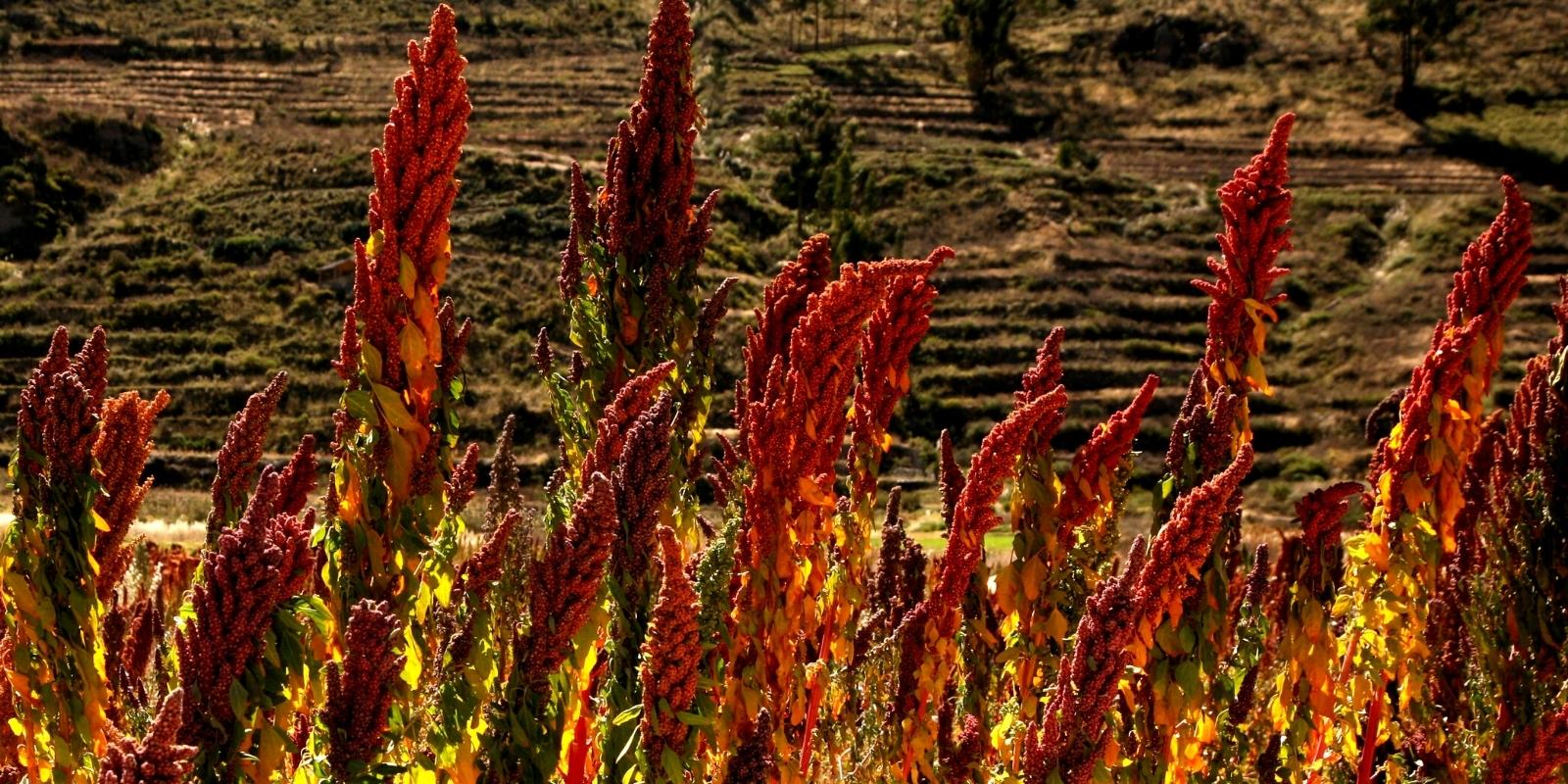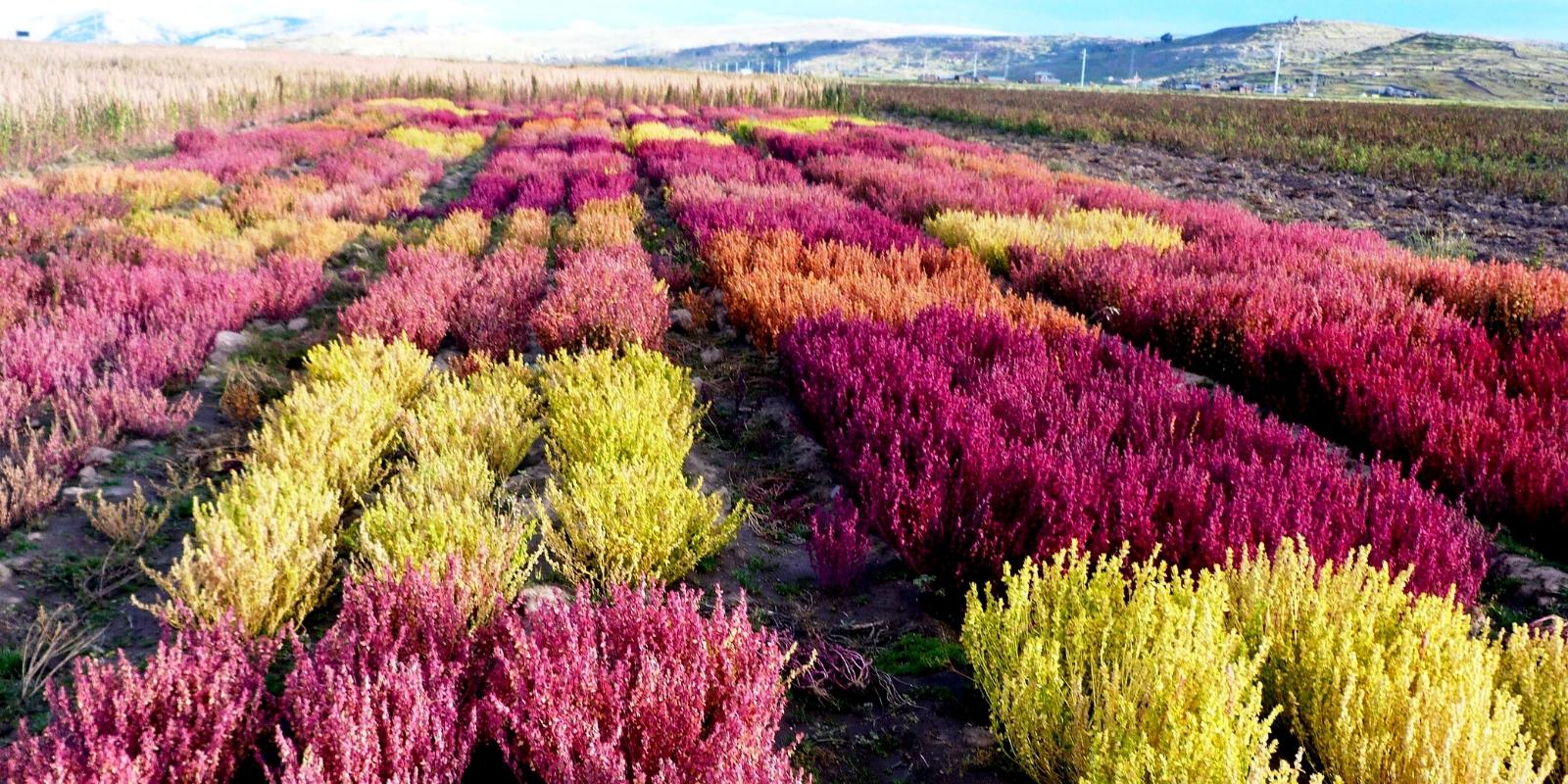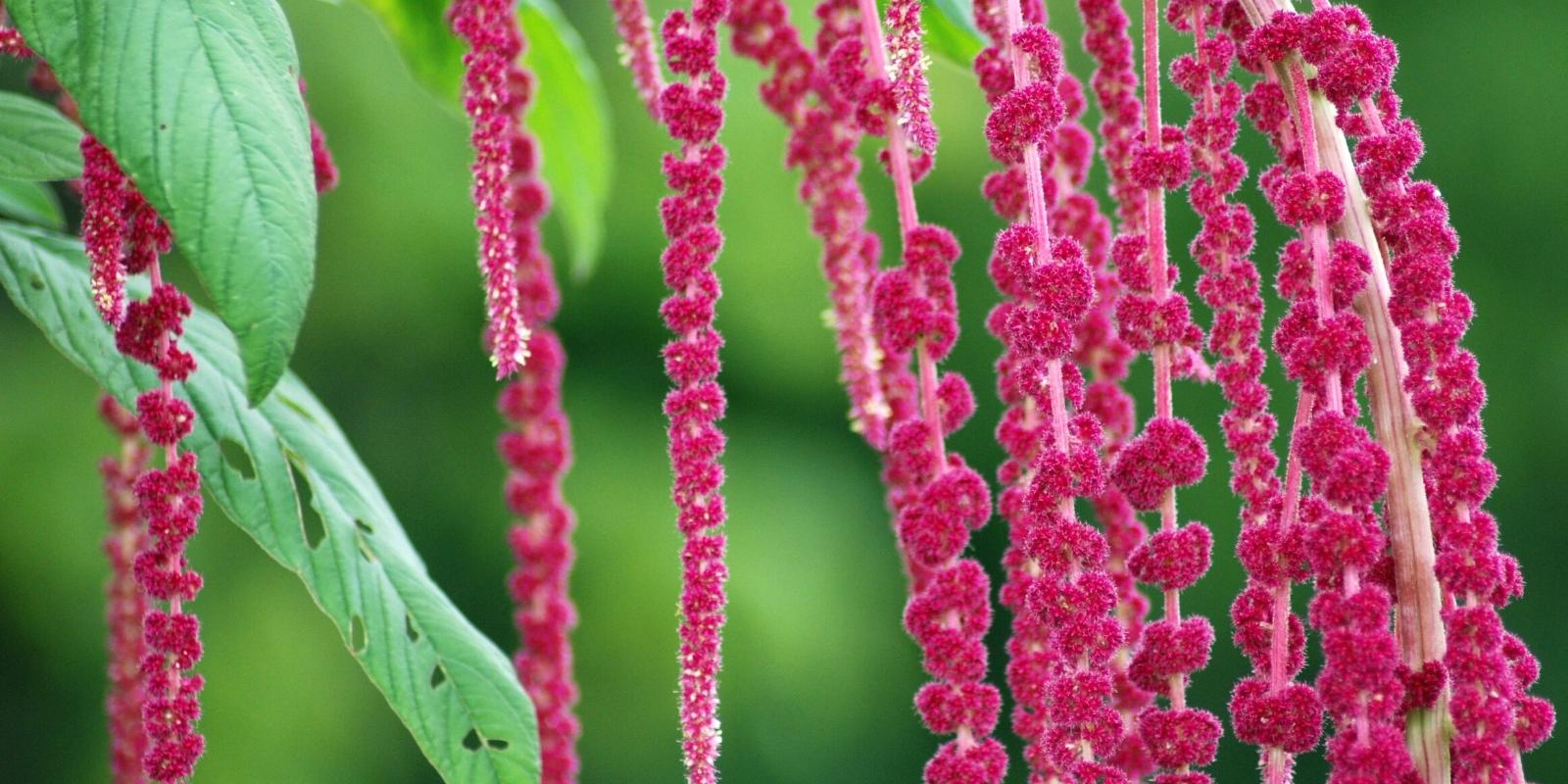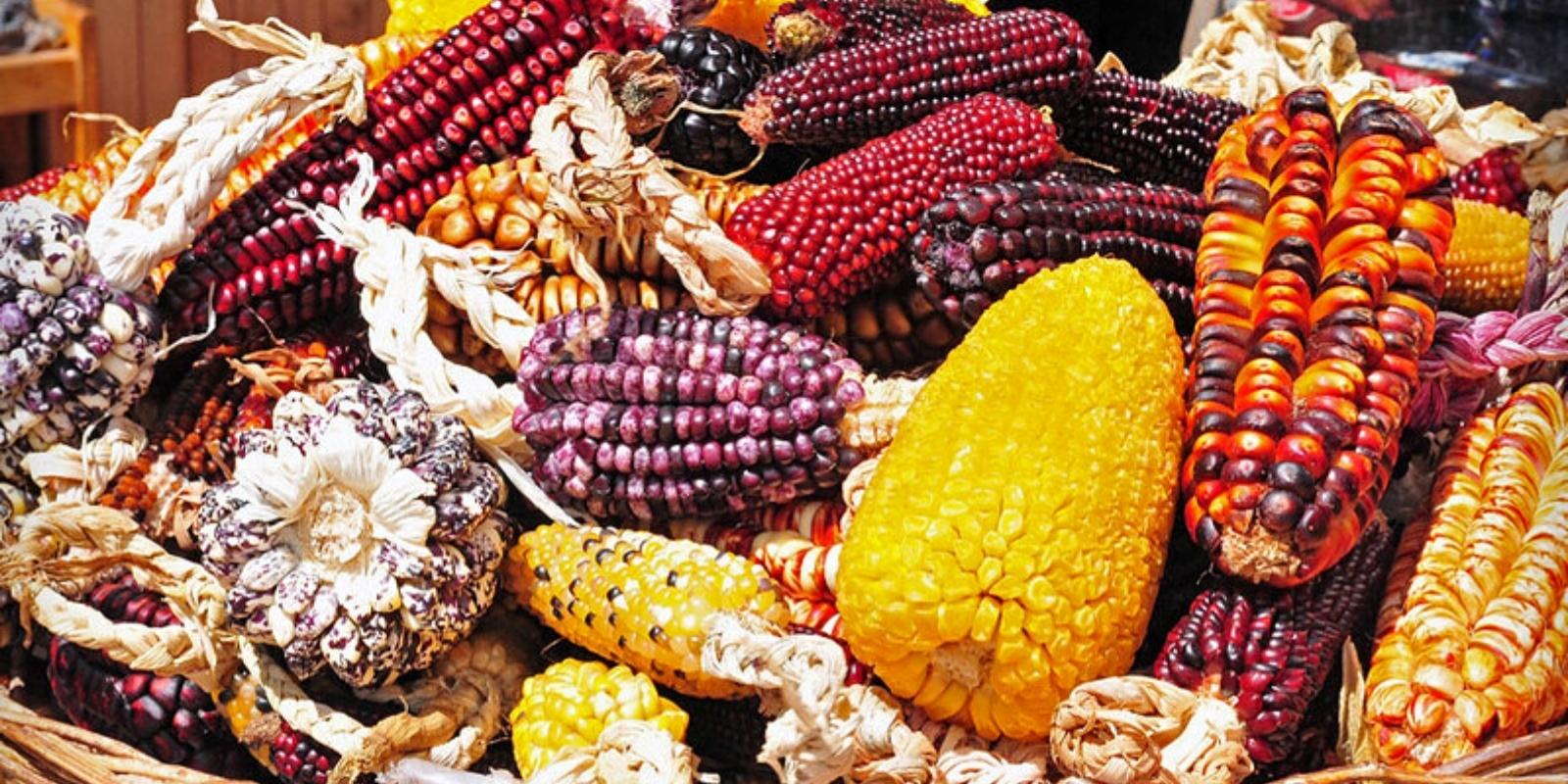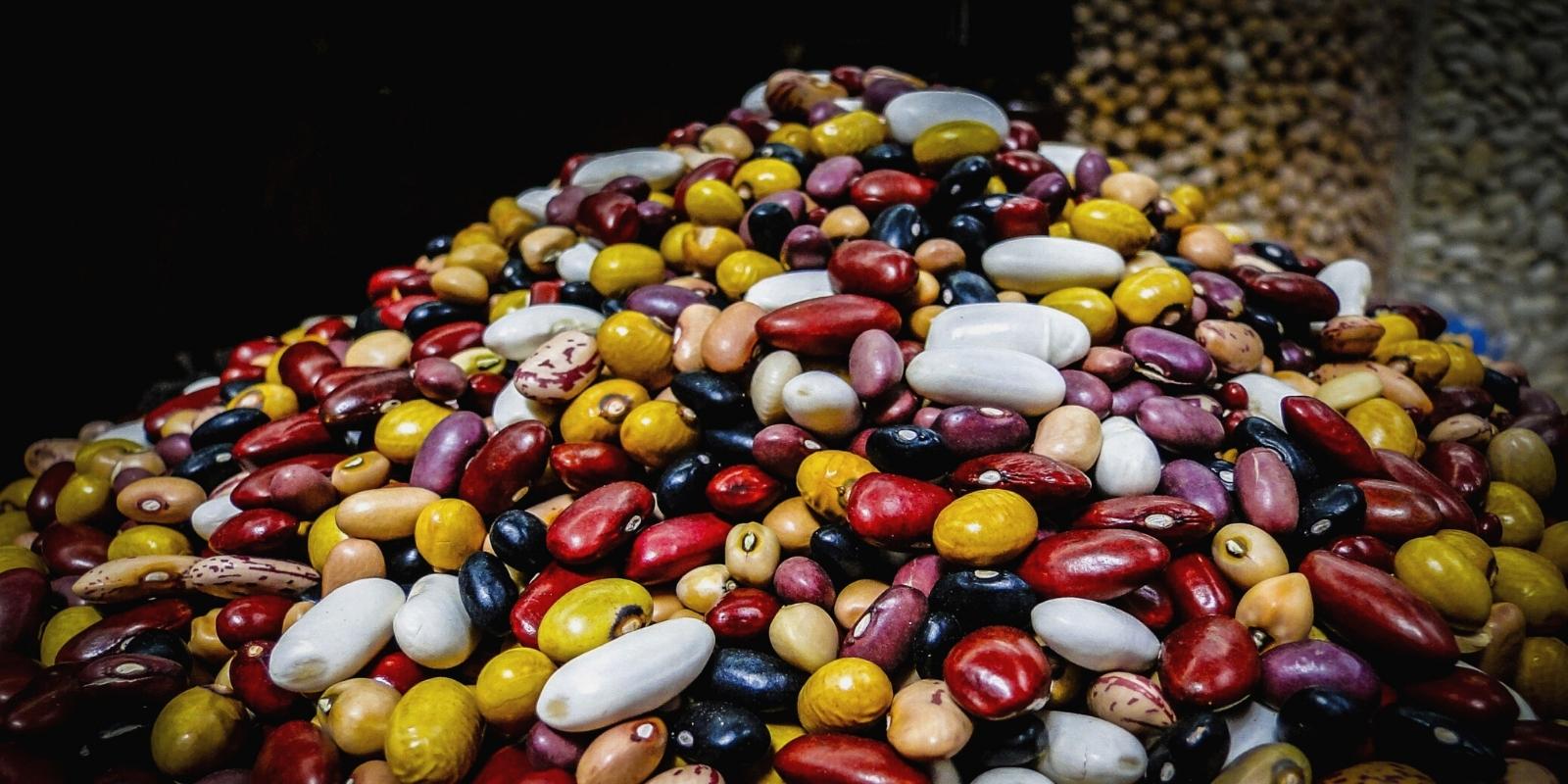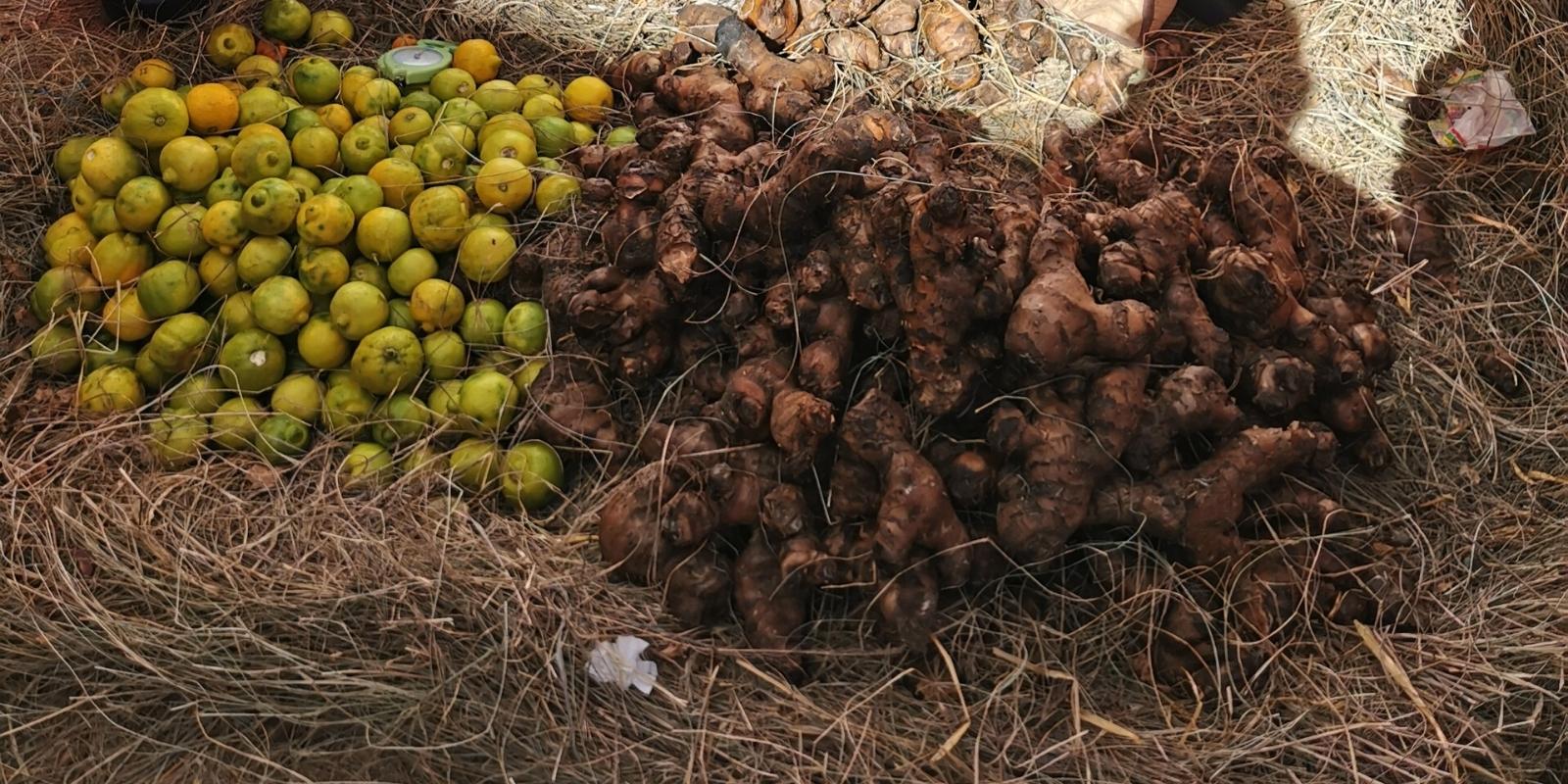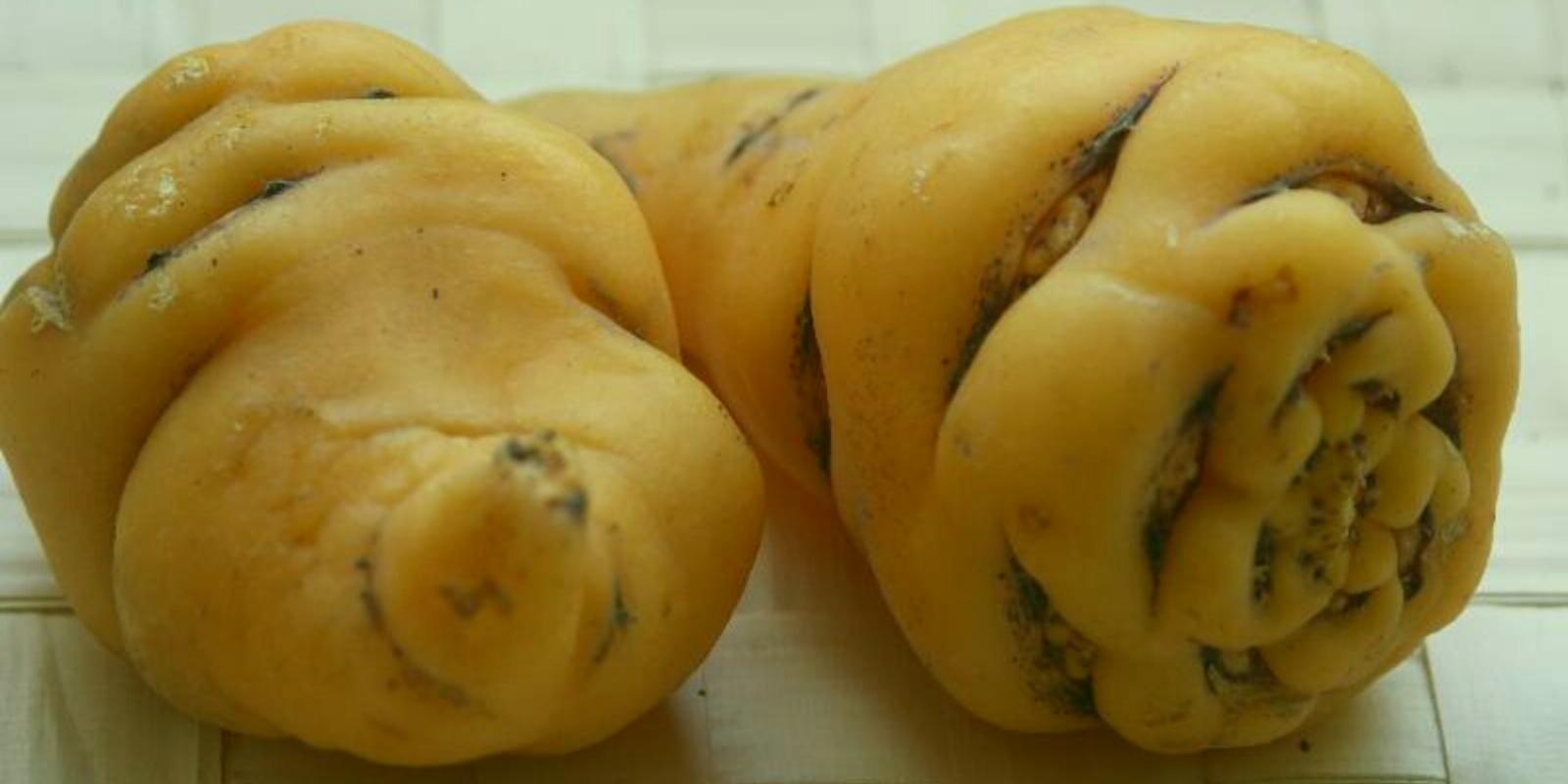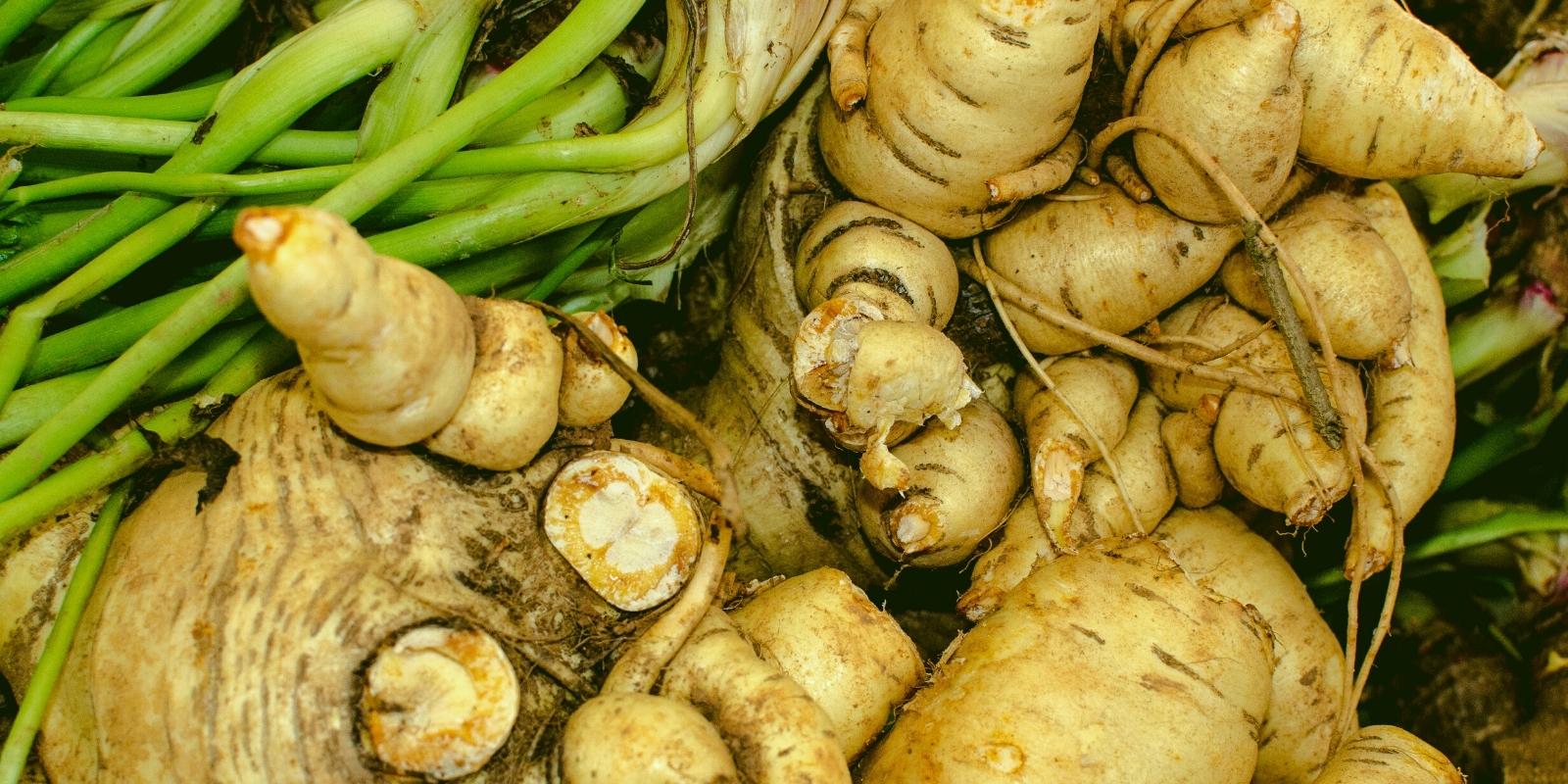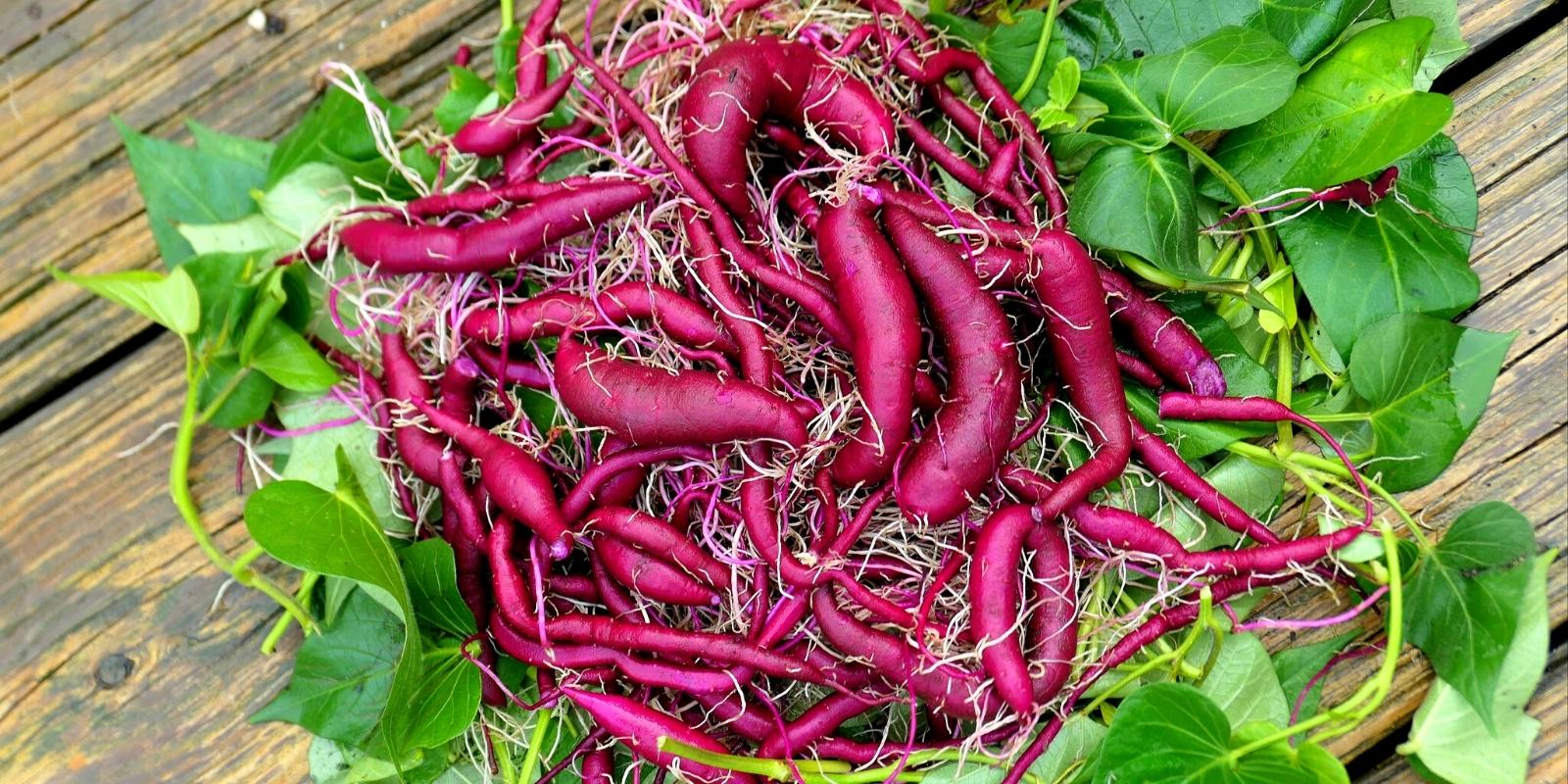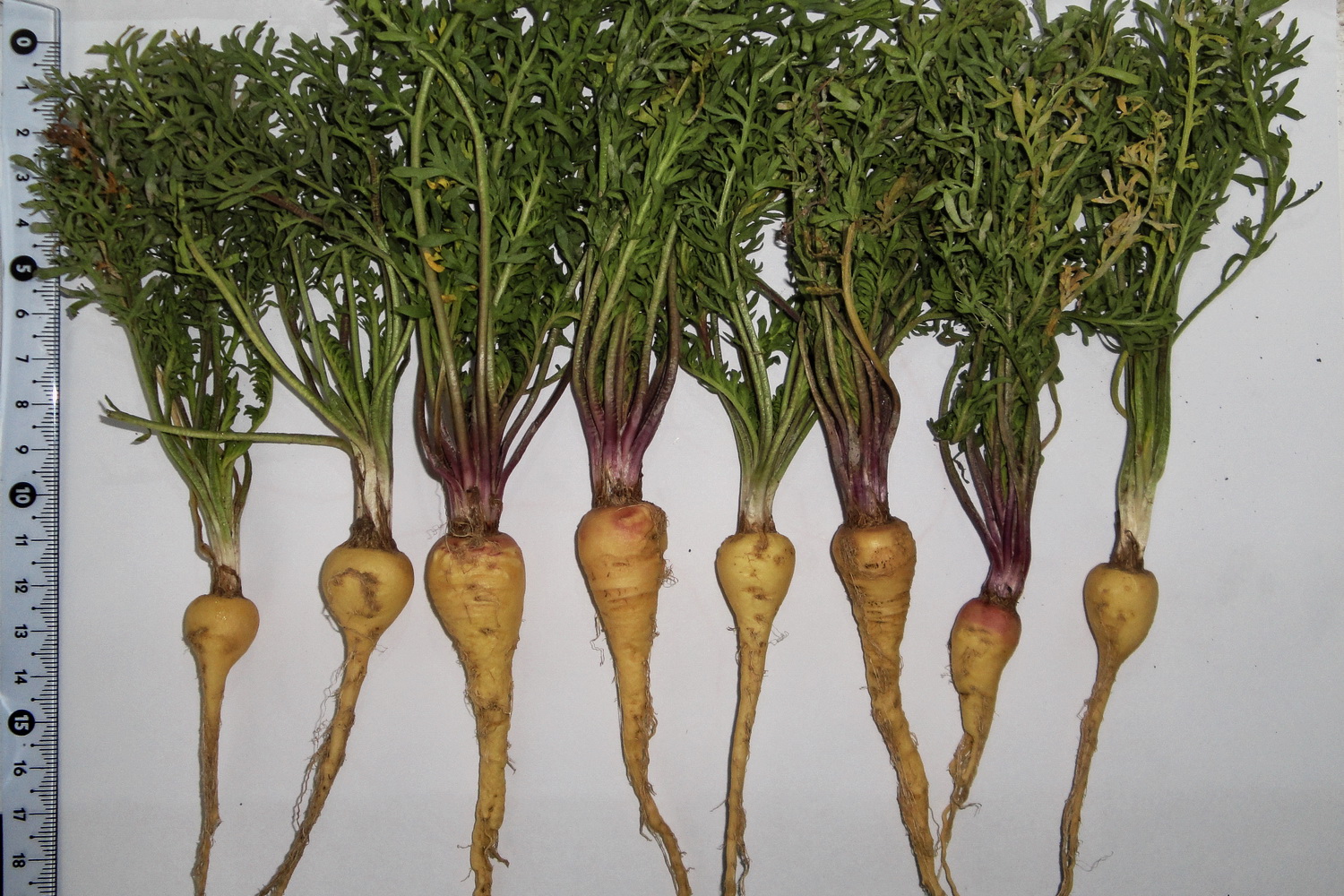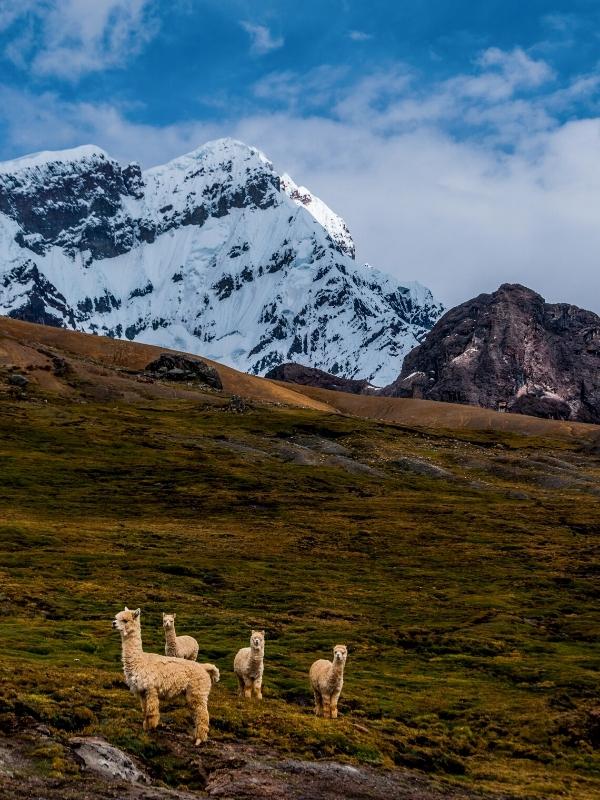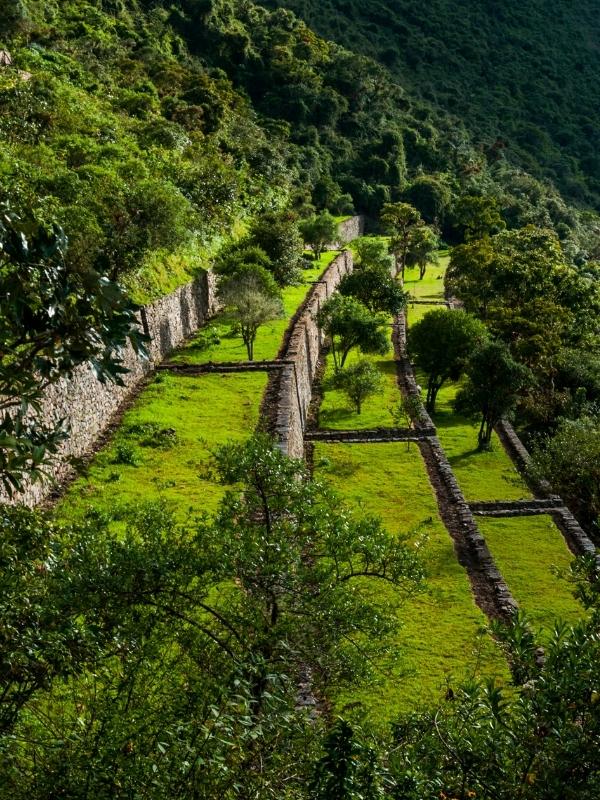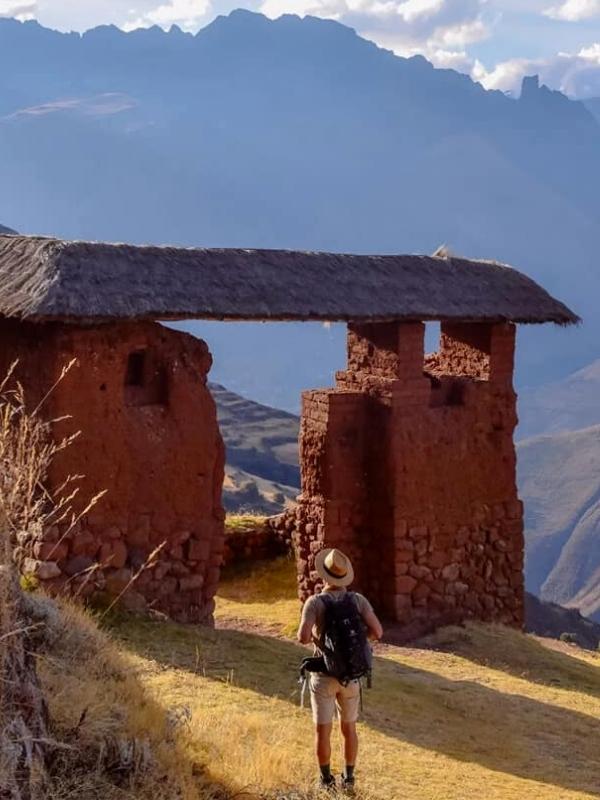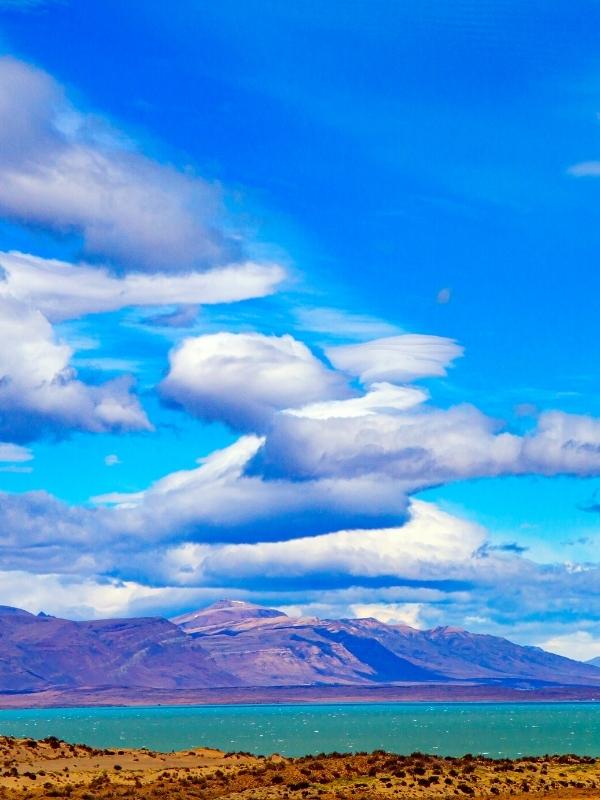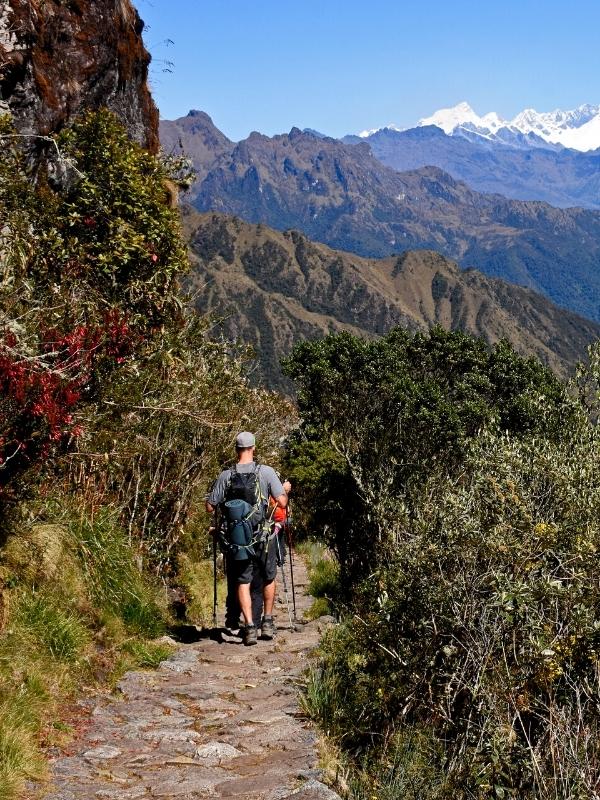VARIETIES OF PERUVIAN CORN:
Peru has 35 varieties of corn, more than any other country in the world, including among them the imposing cobs of the mountains, which, in addition to the size of their grains, stand out for their incomparable flavor. For this reason, unlike other regions of America, Peru is distinguished by the consumption of cooked corn on the cob, in addition to ground corn in the batán. In Peru, eating corn, cooked or toasted, is an ancient and pre-Columbian custom. The peasants reserve corn, according to its variety, for special occasions and dishes, so much so that at harvest time, freshly cooked corn is offered with spicy sauce and local cheese.
URUBAMBA GIANT WHITE CORN
This corn is native to the department of Cusco, specifically the Sacred Valley of the Incas. It develops between 2,600 and 3,050m.a.s.l., it has large ears with 8 rows, large, round and floury grain. The plants grow to a height of 2 to 3 meters, they are characterized by having a thick stem without suckers suitable for the climatic characteristics of the Sacred Valley. The name of white corn corresponds to the color of the grain and it is called giant because of the exceptionally large size of its grains. Cusco refers to the geographical area of its origin.
The prevailing perfect climate in the Sacred Valley created an environment conducive to the cultivation of different agricultural products such as quinoa, beans, olluco, coca and, above all, corn. Due to the fact that each product needs a different type of microclimate for its cultivation, the Incas created an impressive terrace system. Testimony of this are the agricultural terraces found in Moray, a circular terrace system similar to an amphitheater.
THE PURPLE CORN
Purple corn is a genetic mutation of corn. It flourishes cultivated or in the wild in various parts of America. Purple corn was grown in Peru in pre-Hispanic times and was known as moro sara or kulli sara. However, it is Peru where its cultivation is most widespread and where it is massively used to make soft drinks and desserts. Chicha morada is a traditional soft drink from the Peruvian coast. It is prepared with purple corn boiled in water with pineapple and quince peel and a little cinnamon and cloves; once cold, it is sweetened with sugar and seasoned with lemon juice and fine pieces of fresh fruit (apple, pineapple or quince).
